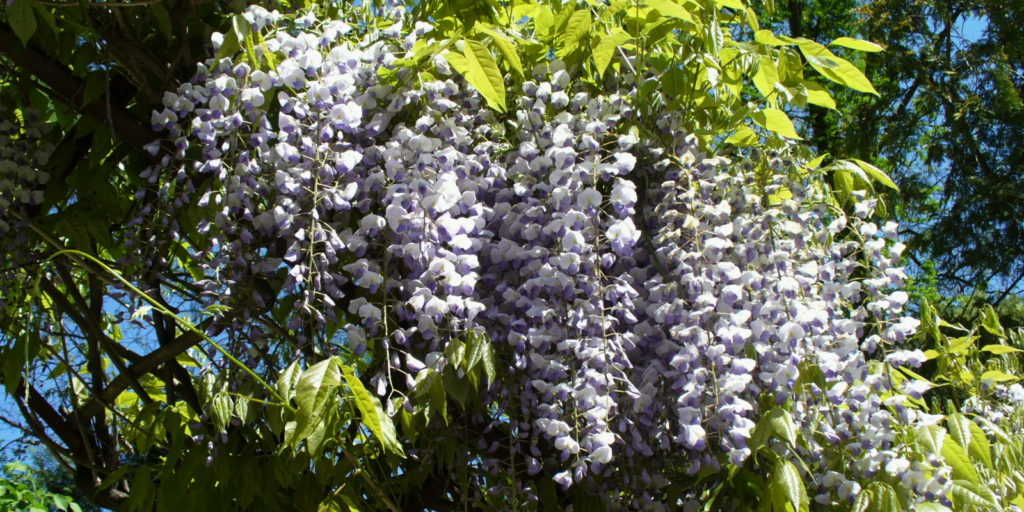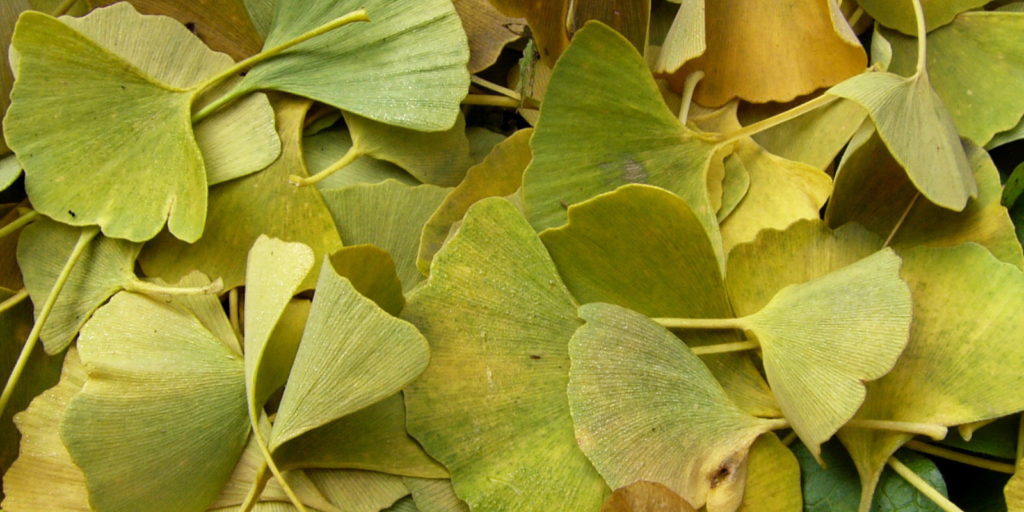The Sino-Japanese flora, flora of the Himalayas, the Altai and the Caucasus

The plants specific to the Sino-Japanese subregion are predominantly found in the Japanese garden and on the hillock on the western side. Some of the trees and shrubs in this sector are: Cercis chinensis – with the beautiful flowers that bloom prior to the sprouting of leaves, the wisteria (Wisteria chinensis), azaleas, the maidenhair tree (Ginkgo biloba) – at the entrance to the Japanese pavilion, considered a ‘living fossil’ because it has remained unchanged since the time of the dinosaurs, Metasequoia glyptostroboides – a species first described in 1941 as a fossil of the Mesozoic era and only afterwards discovered as a tree growing in nature (in China), Broussonetia papyrifera (the paper mulberry) whose bark was used by the Chinese for paper and bark-cloth production, Magnolia trees, etc. Ornamental species from Asia can also be found here: the Easter tree (Forsythia), the Japanese quince (Chaenomeles japonica), various Asian lilac species (Syringa), hortensias (Hydrangea). Among the herbaceous, ornamental plants specific to this phytogeographical subregion one can admire peonies (Paeonia), irises (Iris) and chrysanthemums (Chrysanthemum).

On the alley leading from the Japanese garden to the large greenhouses, an ornamental rock features representative plants for: the flora of the Himalayas, the Altai Mountains and the surrounding regions where Anemone altaica (related to the wood anemone), Aster altaicus (the aster), Linum altaicum (a species of flax), Geranium hymalaense, Gentiana tibetica (related to the spring gentian) grow.
The rockery showcasing the Caucasus Flora features: Phuopsis stylosa – a genus with a single species that lives only in the Caucasus, Iris caucasica (the Caucasian iris), Veronica gentianoides, etc.
